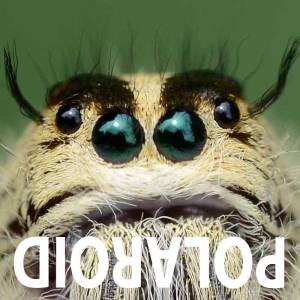Bee Fly
Identification - ligyra tantalus, bee fly.
The first time I saw this curious insect, I was convinced that it was a bee, its size, the hairy thorax, the size, shape, colors and patternation all pointed to bee. But, the eyes, face and antennae were all wrong. Sure enough, research revealed that it was in fact a fly of the Bombyliidae family, called bee flies. If I had not spotted the fly features, I would still be searching.
I don't see this fly very often and this is only the fourth photo opportunity to come my way. In fact, after it flew away, I found it again 25 minutes later for another go.
Flies normally have blade antennae with a small hair (arista) growing out of the side. On the bee fly, it seems the arista has moved to the end of the antennae and is an extension of the antennae. The antennae detect air movement and they also have sensory pits to detect odors.
I estimate a length of around 16mm, rather large for a fly, of course I may have over cooked the numbers.
The fly is a pollen feeder, considered an important species for the survival of some plants. Not a great deal known about its life cycle, except that this family of flies are parasitic, laying their eggs in beetle holes, bee and wasp nests.
Often seen on the ground, sitting up, holding its head high. Not sure of the reason for this, as it is not hunting for prey. Possibly a sun thing. More observation required.
Dave
- 31
- 1
- Nikon D7000
- 1/50
- f/8.0
- 105mm
- 200

Comments
Sign in or get an account to comment.


